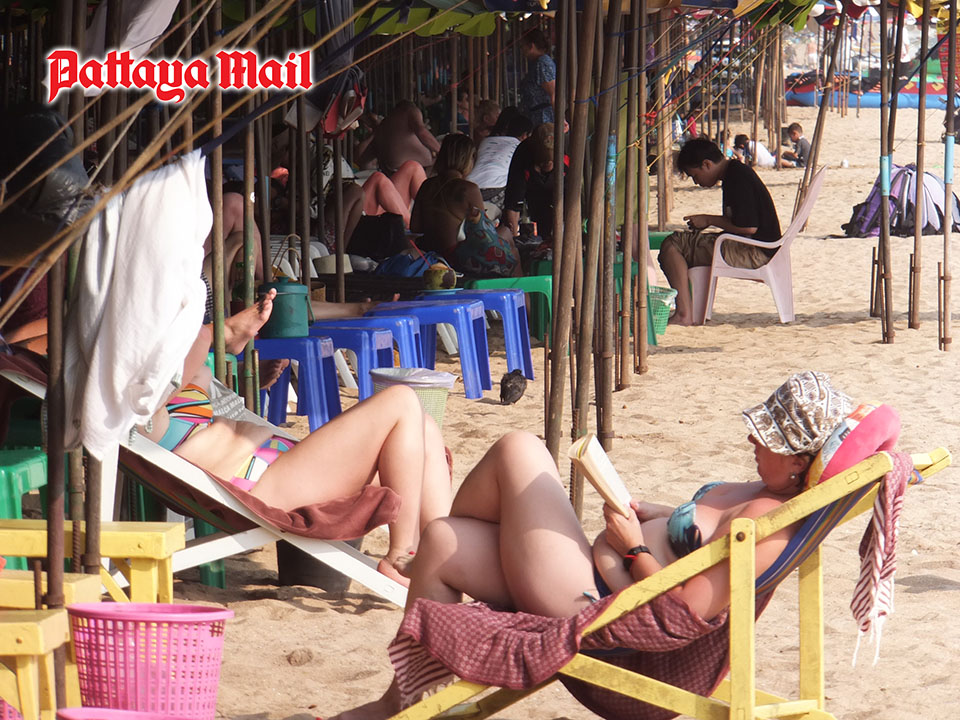
PATTAYA, Thailand – Pattaya, like many other Thai tourist destinations, has undergone significant changes in its tourism demographics over the past decade. The concept of a “high” and “low” season—once defined by the influx of European and North American tourists escaping the cold—has evolved. Nowadays, the city’s revenue is largely driven by Asian tourists, with Japanese, Koreans, Indians, Chinese, and Middle Eastern visitors making up the bulk of arrivals. These groups are not as affected by seasonal shifts, unlike Europeans and Russians, whose numbers have significantly diminished through the decade.
The Changing Face of Pattaya Tourism
Historically, Pattaya thrived during the winter months when European and North American tourists flocked to the city. Bars, hotels, and entertainment venues were packed, especially in hotspots like Soi 7 and Walking Street, where the majority of visitors were Caucasian. The city’s economy flourished as businesses expanded, with new hotels, condos, and infrastructure projects being developed to cater to this high-spending demographic.
However, in recent years, there has been a major shift. The Russian presence remains strong, with many choosing to settle in Thailand permanently. Meanwhile, Chinese, Indian, and Middle Eastern tourists have taken center stage. Unlike their European counterparts, these groups do not follow traditional seasonal travel patterns, ensuring a more consistent flow of visitors throughout the year.
The Impact of Changing Demographics
With this shift, Pattaya is seeing a transformation in its economy. The entertainment industry, once dominated by bars and nightclubs catering to Western tourists, is now adapting to new preferences. Shopping malls, family-friendly attractions, and cultural experiences have gained prominence, aligning with the expectations of Asian travelers. Developments like Terminal 21, Central Festival, and improved infrastructure, including Highway 7, reflect this change in priorities.
That said, many bars remain empty despite new ones continuously opening. The reason isn’t solely due to the low season but rather an oversupply in a market that no longer depends on European patrons. Unlike the past, where bars were filled to capacity and people spilled into alleys, the current tourism model does not generate the same level of business for traditional nightlife venues. The trickle-down effect that once benefited local businesses—salons, gold shops, and restaurants—has also changed, with spending patterns shifting toward different sectors.
Pattaya’s Path Forward
While the city still experiences fluctuations in tourist numbers, the idea of a “low season” is less relevant than it once was. The diversification of the tourism base ensures that Pattaya remains busy year-round, even if certain businesses must adapt to the new reality. The government and private sector continue to invest in making Pattaya appealing to a broader audience, from luxury travelers to family-oriented tourists.










